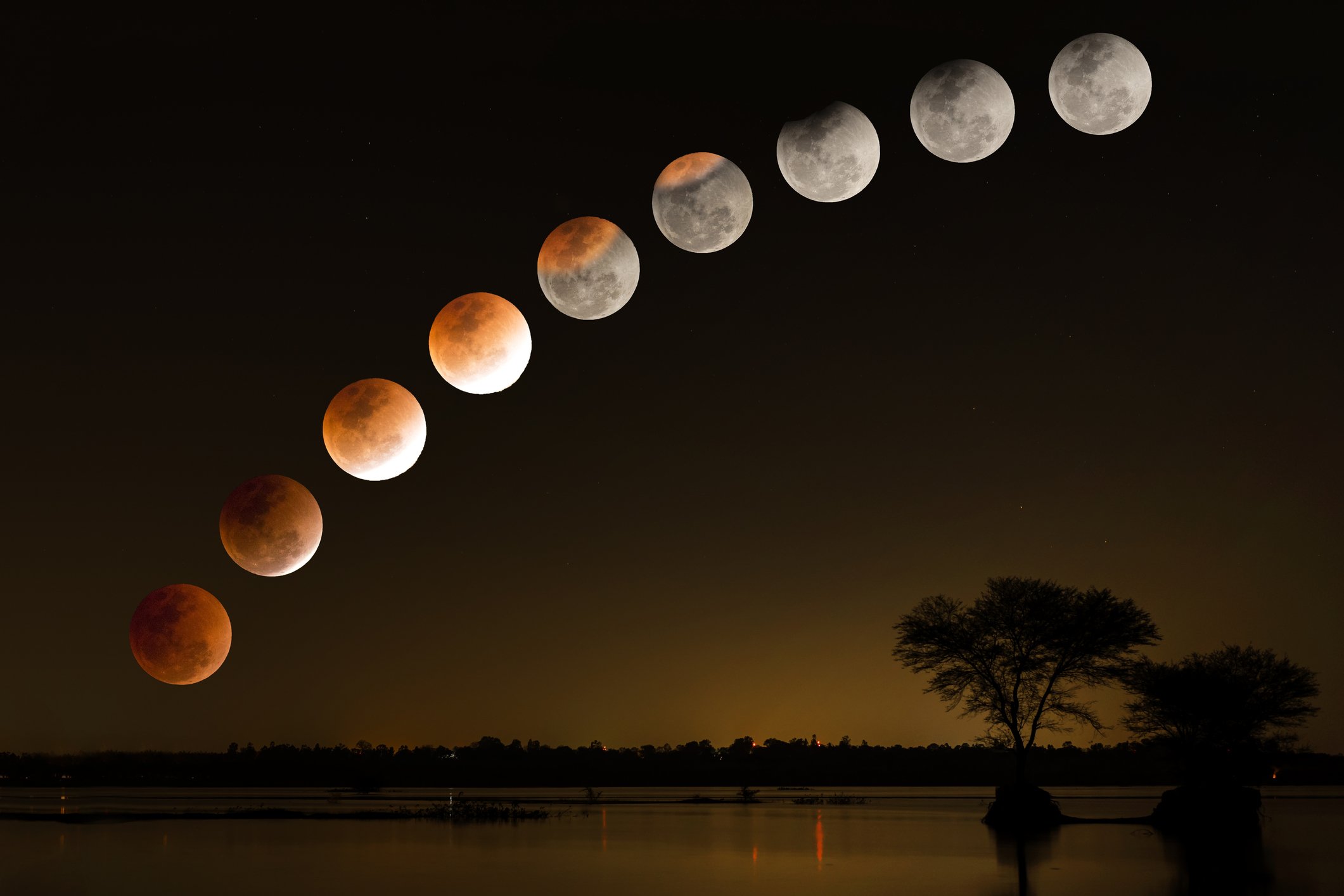Natural events have occurred on Earth forever; It is not surprising that ancient civilizations needed deep reflection to understand the nature of these events. In many natural events in the world, religious and spiritual issues often served as a source of explanation for what was happening at that moment.
Lunar eclipses must have been impressive in a time when there was no electricity or artificial lights strong enough to pollute the night sky. But solar eclipses must have seemed even more frightening to our ancestors; During a total solar eclipse, day turns into almost night for a few minutes.
“Nothing could be more surprising, impossible or miraculous than this, because Zeus, the father of the Olympians, turned noon into night, hiding the light of the bright sun and… fear gripped humanity. From now on, people can believe anything, hope for anything,” said the Greek poet and soldier Archilochus of Paros, B.C. In 648, probably while describing an observation of a solar eclipse.
To understand a little more about how important eclipses are to astronomical archeology and understanding humanity’s past, we gathered information from historians, astronomers, and other scientists in the field.
Eclipses and astronomical archeology
next big A total solar eclipse will occur on April 8, 2024 It can be observed from various cities in the United States, parts of Mexico and eastern Canada. Unfortunately, Brazilians will not be able to watch the sun show; The next event of this kind here will occur only in August 2045.
Currently, humanity knows that this phenomenon is caused by the Moon blocking the Sun when it is between the Earth and the star. But hundreds of years ago, ordinary people did not have this knowledge. The people of that time recorded these moments without even understanding them. and these records can be very helpful to astronomical archaeology, also called astroarchaeology or archaeoastronomy.
Solar eclipses, in particular, are considered excellent observing events as they can only be seen at a specific place and time. In the case of total solar eclipses, the average time they occur in the same area of the Earth is once every 375 years. Therefore, these natural phenomena may help scientists determine the exact date when our ancestors observed the eclipse.
From data collected from King Yi’s Chinese texts, scientists were able to detect a total solar eclipse occurring at sunrise.
Another example is the eclipse, discovered with texts taken from a clay tablet found in Ugarit, Syria. Part of the tablet read: “On the day of the new moon in Hiyaru, the sun set, its porter [Rashap]”.
Researchers found that the word ‘hiyaru’ describes a time of year between February and March; In any case, the word ‘Rashap’ was probably used to describe a planet; they also knew that the city collapsed shortly after the eclipse. With this information in hand, the team was able to determine that the eclipse occurred on March 5, 1222 BC.
“What we call archaeoastronomy is the study of astronomy practices, astronomy, mythologies, religions, and worldviews of all ancient cultures. We like to define archaeoastronomy as, in essence, the ‘anthropology of astronomy’ to distinguish it from the ‘history’ of astronomy”, University of Maryland Describes a publication from the Center for Archaeoastronomy.
The sudden darkness caused by the eclipse affected thousands of communities around the world. In India, there is a mythology of an immortal demon named Rahu, who wants to take revenge on the god Vishnu and eat the Sun and the Moon. In South America, the Incas believed that the solar phenomenon was a sign of the Sun god Inti. , was angry and needed offers. The indigenous Pomo people in the United States describe the incident as an angry bear trying to eat the Sun.
Science has also discovered that the length of a day on Earth is increasing by about 18 microseconds each year. In other words, one second is added to the day every 55 thousand years.
This data is important because it affects the dating of historical eclipses. If there is a difference in the length of a day and no correction is made, calculations of historical events may be inaccurate.
Did you like the content? Stay up to date with more interesting facts about eclipses at TecMundo. If you wish, take the opportunity to learn the science behind the solar eclipse.
Source: Tec Mundo
I’m Blaine Morgan, an experienced journalist and writer with over 8 years of experience in the tech industry. My expertise lies in writing about technology news and trends, covering everything from cutting-edge gadgets to emerging software developments. I’ve written for several leading publications including Gadget Onus where I am an author.













